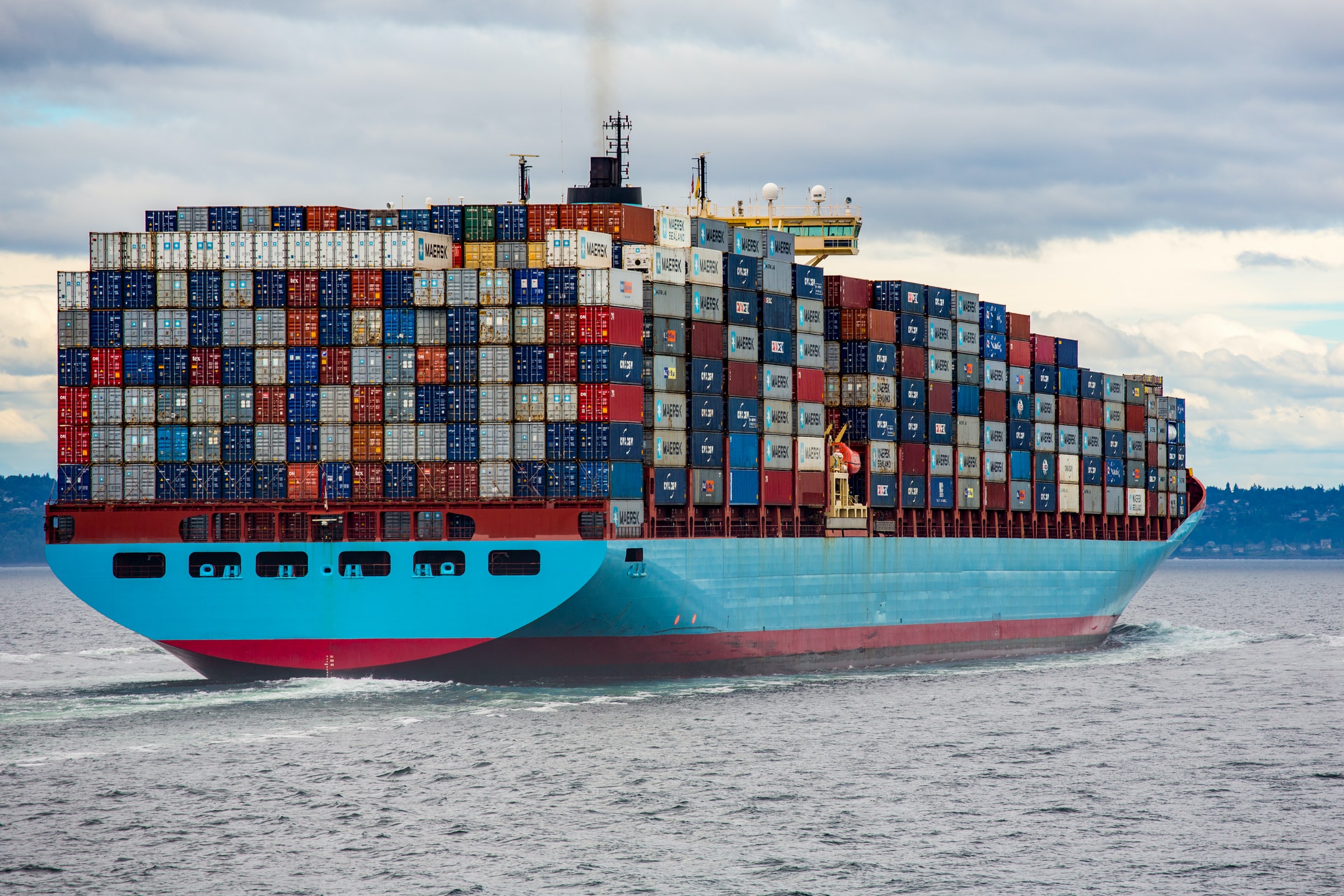Using Podman instead of Docker Desktop on WSL2

From the end of January 2022, an Enterprise License is required to use Docker Desktop. It remains free for small businesses (fewer than 250 employees AND less than $10 million in annual revenue), personal use, education, and non-commercial open source projects.
As an alternative I looked at using Podman on Windows Subsystem for Linux 2.
Setting up WSL 2
- Install WSL 2
- Open
cmdas Administrator - Run
wsl --install - Restart Windows
- Open
- Install a Linux Distro
- Open
cmdas Administrator - Run
wsl --install -d Ubuntuto install Ubuntu LTS - Restart Windows
- Open
Installing Podman
- Add a Repositories which has Podman available
- If you are using Ubuntu 20.10 or newer Podman is available in the official repositories. And skip to the next part of adding a repository to find Podman.
- If you are running 20.04 (current LTS), or newer run the below.
- Open an Ubuntu terminal window, and run the below.
. /etc/os-release echo "deb https://download.opensuse.org/repositories/devel:/kubic:/libcontainers:/stable/xUbuntu_${VERSION_ID}/ /" | sudo tee /etc/apt/sources.list.d/devel:kubic:libcontainers:stable.list curl -L "https://download.opensuse.org/repositories/devel:/kubic:/libcontainers:/stable/xUbuntu_${VERSION_ID}/Release.key" | sudo apt-key add -
- Install Podman
- In an Ubuntu terminal, run the below
sudo apt-get update sudo apt-get -y upgrade sudo apt-get -y install podman
- In an Ubuntu terminal, run the below
Using Podman
Podman has a similar CLI to docker, so most, if not all, commands that you use in Docker are supported by Podman.
A full list of supported commands can be found on the Podman documentations